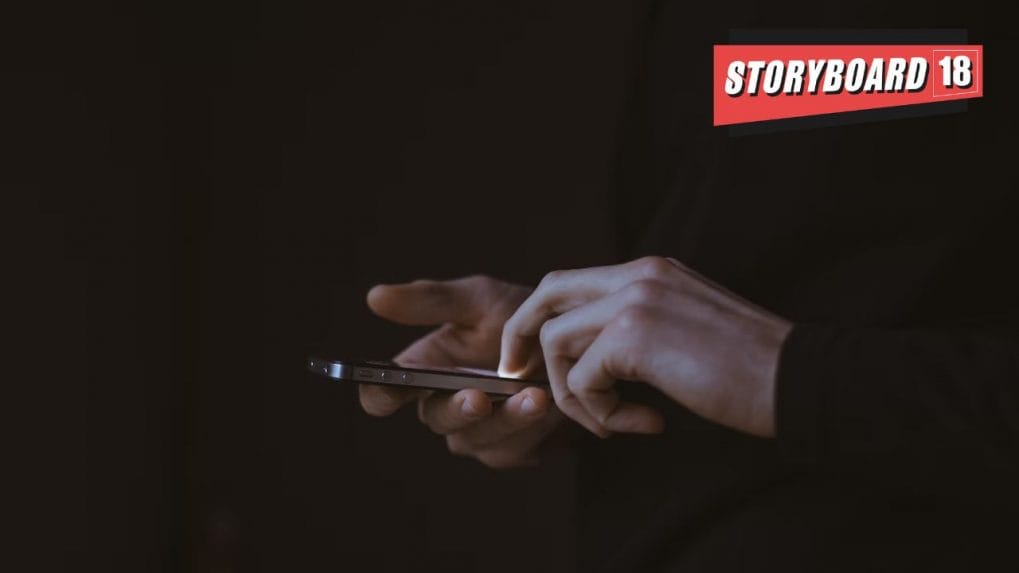Dark traffic to hit 1.1 billion users in 2026 significantly affecting advertisers: WARC
Next year, a full billion people will access the internet through “brutal” ad blockers that don’t just stop ads but prevent on-site tracking, harming publisher monetisation, reveals WARC.
ADVERTISEMENT
Ad blocking is a longstanding problem for advertising. Obviously, an ad unseen is an ad wasted. According to WARC's latest report, next year, a full billion people will access the internet through “brutal” ad blockers that don’t just stop ads but prevent on-site tracking, harming publisher monetization.
But there are two big angles to this story that are worth remarking on, added WARC. First, is what it means for the people in charge of putting advertising budgets into digital media: reports of high ad block usage drive more spend toward walled gardens, thereby threatening a more plural, open internet.
Read more: With AI push, Alphabet, Amazon and Meta together to acquire 54.7% of global ad market: WARC
Second, it’s a sobering idea that all these years of ad tech on the open web have not only driven a lot of users to block ads (though these are only a minority who actively choose to), but that the tracking software that power advertising online has come to be seen as a likely source of unseen threat by organisations and security professionals.
For publishers attempting to monetise content in this world, that’s a huge problem that threatens business models that don’t necessarily rely on ads: paywalls, registration walls, subscription pop-ups.
Inside “dark traffic”
Unseen site traffic, known as “dark traffic”, has grown 49% over the last three years according to ad tech company Ad-Shield. A new study from the firm, which claims to be able to measure traffic hidden by ad blockers. The core idea is “dark traffic”.
Currently, according to the firm, 976 million users around the world (around 18% of all web traffic) is this “dark traffic”.
Once considered a desktop issue, the report finds that 53% of dark traffic studied is mobile traffic. The rise of dark traffic is stark: up from 590m strict ad-block users in 2019, dark traffic is set to cross the billion-user threshold to reach 1.1bn users.
Read more: Amazon's retail media ad revenue to exceed $60.6 billion in 2025: WARC Media
Its research is based on an analysis of five billion “dark traffic” page views across its publisher network using its own technology. This data is bolstered by a consumer survey (n=2616 respondents.)
“Dark traffic” means more than just blocking ads, it blocks trackers, ads, walls that ask people to allow ads, cookie consent pop-ups, and registration requests. This is enabled by the most rigid of ad blocking software.
How and why people block
Pre-roll video ads are far and away the most annoying type of ad for 51% of ad block users, said WARC. Reasons for blocking are more complex:
- 57% didn’t choose to block ads - 23% to stop ads - 6% to stop the most annoying ads - 6% for privacy reasons
A startling finding is that many people don’t actively choose to block ads, or certainly not at the strictest level; it is often a result of a third party’s intervention, whether through their employer’s network, their security software, or even their browsers or VPNs – in a sobering passage, the report notes that reducing exposure to tracking (as in strong ad blocking) is becoming IT industry best practice and is endorsed by some US government agencies like the FBI. This represents a significant evolution of the classic browser plugin, and a big problem for publishers and advertisers.
Read more: Global ad spend crosses $1 trillion for the first time; future trends in media revealed by WARC
At the user level, just 43% of respondents said they were aware of their ad blocking.
There is also a biting irony, added WARC, in this story that 34% of active users of a strict ad blocker found out about it through advertising.


